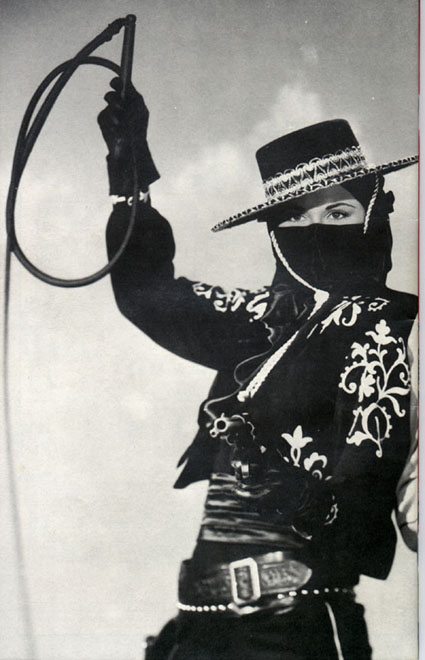
2008
Director: Lance Hammer
Cast: JimMyron Ross, Michael Smith, Jr., Tarra Riggs
by Nancy Keefe Rhodes
Like Courtney Hunt’s
Frozen River, another first feature film that took honors home from this year’s Sundance festival, Lance Hammer’s
Ballast tells the story of a near-the-edge family just before Christmas whose hard-scrabble lives occur against a masterfully shot, austere and sweeping landscape – in Hunt’s film, the frozen St. Lawrence River of northern New York and in Hammer’s, the Mississippi Delta.
Hammer opens his film with what amounts to a visual prayer. Twelve-year-old James (JimMyron Ross), a slight boy in a big parka, crosses a rolling open field, hurrying toward thousands of geese that start up suddenly from the frozen stubble, flying across the vast magic-hour horizon. It’s crucial this occurs first because what comes next – before the barest possibility that James’ hopes might turn out - is almost unremittingly difficult.
Ballast opened in New York City on October 1st and has theatrical bookings across the U.S. through the end of February. Unlike
Frozen River, which recently did so well here in Central New York that it was held it over twice,
Ballast will screen here just once – next Tuesday at 8:00 PM at the Westcott. I'm encouraging everyone to do whatever it takes so they can see it there on the big screen.
Ballast is one of those films in which it seems like not much happens – Hammer says he hopes the narrative “has remained minimal and unobtrusive” – until you try writing a plot summary and realize that the characters’ intertwined histories and ties look a lot like the ancient, vine-covered tree that James’ eyes rest on when his gaze comes back to earth after that first shot. Down that road lives Lawrence Baptiste (Michael Smith, Jr.), introduced in wordless grief before a buzzing TV set. His twin brother Darius lies in the next room, having gotten in bed and intentionally overdosed. When a neighbor checks – the brothers haven’t opened their convenience store in several days – Lawrence shoots himself. While he’s in the hospital, James breaks in, steals his pistol and, once he’s home, begins robbing Lawrence, immediately because James’ mother, Marlee Sykes, (Tarra Riggs, whose hare-trigger performance deserves notice at year’s end) can’t keep food in their tiny trailer; also because Darius was James’ father.
Some of the best scenes occur when Lawrence allows James to order him around at gun-point. Suicidally depressed anyway, the massive older man could easily disarm this jittery boy (later he does, in a quiet, quick move that proves the point but doesn’t detour into drama). Meanwhile, in the stillness between them, attention and curiosity start to flicker. After an unglamorous, frightening brush with some thuggish older boys – the pistol merely enrages them – James and Marlee move into Darius’ little house next door to Lawrence. Marlee, insisting upon her place in the scheme of things, re-opens the store and, one inch at a time, the three start over. This is nearly de-railed any number of times, none more wrenching than the night, while they share dish-washing, that Lawrence tries to embrace Marlee and she pulls away, furious, misunderstanding him, sure “this is all you were after.” Watching, James holds his breath – and we’re right there with him.
Hammer filmed
Ballast in nine Mississippi Delta townships with a cast of mostly indigenous non-professionals, using available light, no music and a script evolving over two months of rehearsal. Trained as an architect, Hammer has an evident expressive ease with space that amplifies his characters’ sparse dialogue and low-key affect. Against the expansive landscape outside, inside scenes are sometimes filmed in silhouette, or characters occupy cramped rectangles of light in one corner of the screen – the view through a door or down a hallway. Or, for example, when seeking gang approval, James wheels his scooter down a narrow, garbage-strewn ally, you can see this path will be a wrong turn for him.
Both
Frozen River and
Ballast come from white filmmakers who portray communities of color. Hunt’s film vividly manifests the tensions between Akwesasne Mohawks and outsiders in the complicated, edgy bond between the two mothers. Hammer refrains from this, choosing a different emphasis. Lawrence’s white neighbor John Dixon (Johnny McPhail), benign, stops by because he’s worried, looks out for Lawrence’s dog and finally coaxes Lawrence out of the house to share a steak. But because of this, Hammer's film has the space to dwell more deeply on the Black characters’ relationships with one another.
Ballast comes to Syracuse and screens in the community courtesy of Dropped Frames, a film society based in Syracuse University’s Transmedia department that also hosted the second annual Upstate New York Film Festival in late September, a one-night showcase of short films and videos by regional artists. The L.A.-based Hammer, who wrote, produced, directed and edited
Ballast, will speak on campus Tuesday afternoon and again after the screening Tuesday night. He is Dropped Frames’ third visiting artist this fall. In September Emily Hubley brought her animation feature,
The Toe Tactic, and last month Ronnie Bronstein was here with
Frownland.
*******
A version of this review appeared in the 11/6/08 issue of the Syracuse
City Eagle weekly.


.jpg)






















